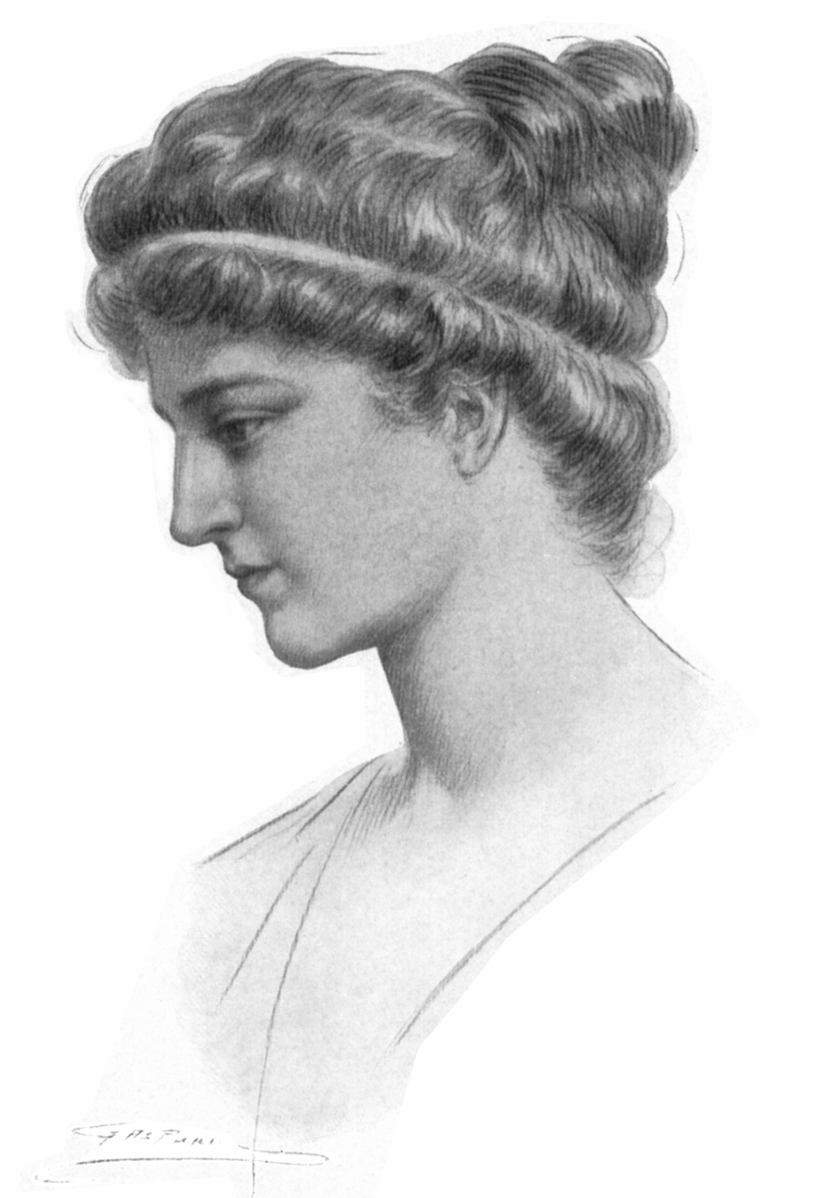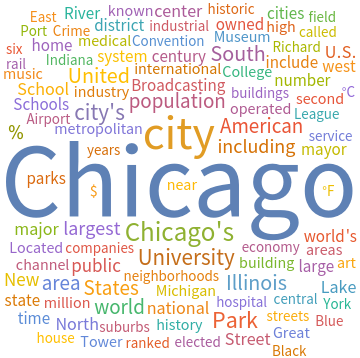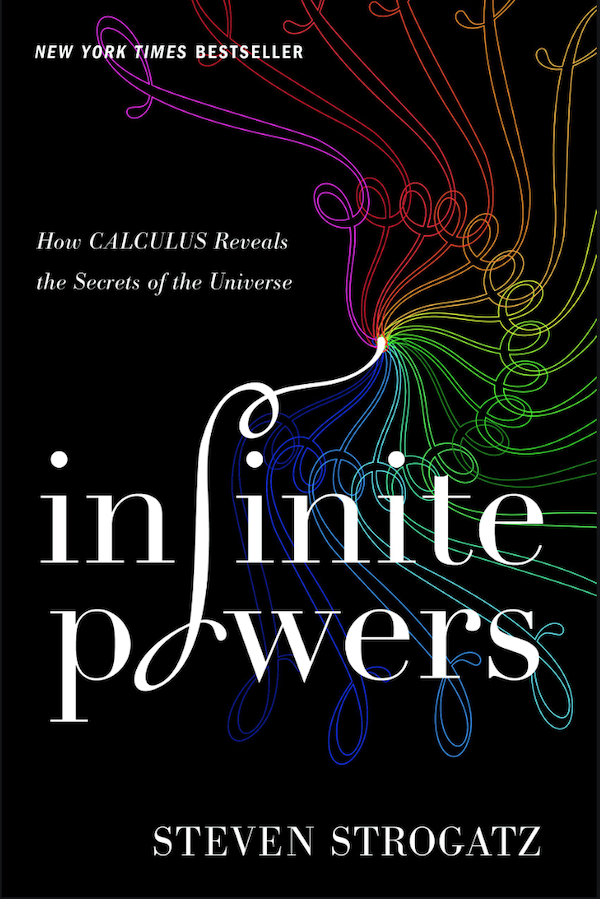I recently re-read Instant Mathematics (see prior post: https://jamesmacmath.blogspot.com/2022/02/book-review-instant-mathematics-by-paul.html) and the authors, Paul Parsons and Gail Dixon, included several brief biographies of famous women mathematicians. Below, I've summarized these from the book. If there is someone that the authors or I omitted, please comment and I'll add her to the list.
Hypatia: born around AD 350 in Alexandria, Egypt; died AD 415.
She was dedicated to preserving Greek mathematical and astronomical works. She wrote commentaries on Apollonius's work Conics and Diophantus's Arithmetica.
See also: https://en.wikipedia.org/wiki/Hypatia.
Sophie Germain: born in Paris 1776; died 1831.
As with many women of the time, she was barred from entry into universities, but she obtained lecture notes to study on her own. When corresponding with the mathematician Joseph Lous Lagrange, she used the pseudonym Monsieur Le Blanc.
She is best known for her theories of elasticity and number theory.
See: https://en.wikipedia.org/wiki/Sophie_Germain.
Ada Lovelace: born in London 1815; died 1852.
Lovelace worked with Charles Babbage, inventor of the first mechanical computer. She published how the analytical machine could be programmed and this is believed to be the first published computer algorithm.
See: https://en.wikipedia.org/wiki/Ada_Lovelace.
Florence Nightingale: born in Florence, Italy in 1820; died 1910.
Many people might remember Nightingale more for her work in medicine and improvement of santitary healthcare, but some consider her implementation of clear, descriptive graphics used in statistical analysis.
See: https://en.wikipedia.org/wiki/Florence_Nightingale.
Sofia Kovalevskaya: born in Moscow in 1850; died 1891.
With women banned from Russian universities, she obtained special permission to attend the university in Heidelberg. Eventually she became the first woman to achieve a full professorship in mathematics at a North European university. She is best known for her contributions to the theory of differential equations and mathematical analysis.
See: https://en.wikipedia.org/wiki/Sofya_Kovalevskaya.
Emmy Noether: born in Erlangen, Germany in 1882; died 1935.
Noether had the same challenges of overcoming sexism in her field, but she became on of only two female students at the University of Erlangen. Her contributions were in abstract algebraic structures such as groups, rings, modules, vector spaces and lattices. She studied under the guidance of David Hilbert and Felix Klein. Upon earning her PhD, she lecture at the university. In the 1930's she fled Nazi persecution and moved to the United States where she received a position at Bryn Mawr College.
See: Emmy Noether.
Joan Clarke: born in London in 1917; died 1996.
Clarke studied mathematics at Cambridge University but she was prevented from receiving her full degree because of her gender. She is best known for her code-breaking work with Alan Turing. They were eventually able to break the German codes in real time resulting in a great military advantage for England.
See: https://en.wikipedia.org/wiki/Joan_Clarke.
Olga Ladyzhenskaya: born Kologriv, Russia in 1922; died 2004.
She completed two PhDs at Moscow State University. Her contributions in partial differential equations was critical to the study of fluid mechanics, aerodynamics, and meteorology.
See: https://en.wikipedia.org/wiki/Olga_Ladyzhenskaya.
Katherine Johnson: born White Sulphur Springs, West Virginia in 1918: died 2020.
Many readers will recognize Johnson as her contributions to the NASA program was portrayed in the movie Hidden Figures in 2016. As part of NASA's Computing unit, she complete complex calculations for engineers. Early computers determined trajectories for orbital space flights, but astronaut John Glenn insisted that the computer's calculations were confirmed by hand by Johnson.
See: https://en.wikipedia.org/wiki/Katherine_Johnson.
Maryam Mirzakhani: born in Tehran in 1977; died 2017.
Mirzakhani is the first woman to receive the Fields Medal, the highest mathematical honor in the world. She advance algebraic geometry to understand the structure and complexities of curved spaces. Her PhD thesis solved a highly complex problem regarding the number of loops of a given length on a hyperbolic surface. This work has applications in string theory.
See: https://en.wikipedia.org/wiki/Maryam_Mirzakhani.
Karen Uhlenbeck: born in Cleveland, Ohio in 1942.
In 2019, Uhlenbeck was awarded the Abel Prize for "her pioneering achievements in geometric partial differential equations, gauge theory, and integrable systems, and for the fundamental impact of her work on analysis, geometry, and mathematical physics." Her findings have helped physicists develop tools to understand the behavior of electromagnetic fields and quantum particles.
See: https://en.wikipedia.org/wiki/Karen_Uhlenbeck.
Other resources:
https://en.wikipedia.org/wiki/Category:20th-century_women_mathematicians
https://en.wikipedia.org/wiki/Category:21st-century_women_mathematicians
.jpg)





























.jpg)


